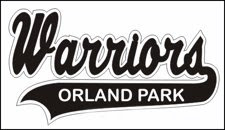Our next practice is Thursday from 5:30 until 7:45 pm at Humphrey #3. During the first 30 minutes, we will review rundowns--since we struggled so much with rundowns in our last scrimmage. For the remainder of the practice, our team will receive some expert hitting instruction from Doug Pringle. Doug will review the basic fundamentals of batting with the entire team. This discussion generally takes 10 to 15 minutes. He will then analyze each player's swing and offer two or three tips for improvement.
Doug is one of the finest hitting instructors in the area. He played baseball at a very high level and has studied hitting for many years. He does a great job keeping things simple. And, he's been effective in helping many baseball players make progress with their hitting.
I am thankful that he has accepted my invitation to work with our players. This session will be an invaluable development session.
 Doug Pringle working with my nephew at his home's "hitting station"
Doug Pringle working with my nephew at his home's "hitting station"













